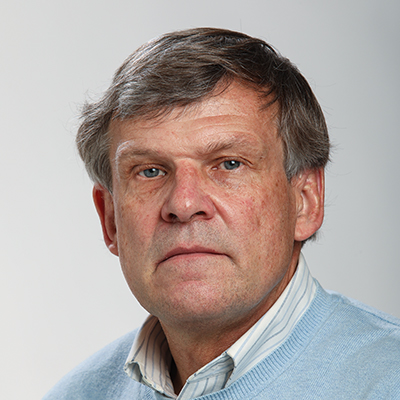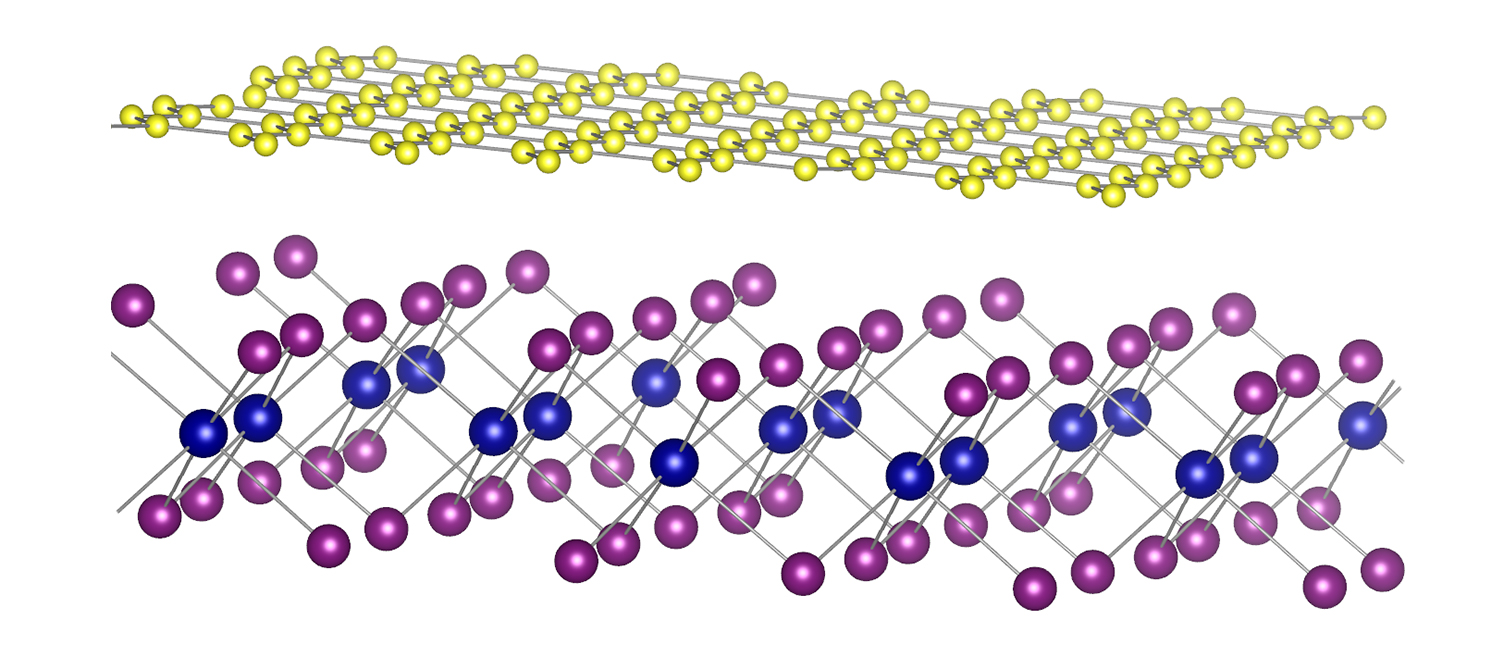
A bright idea
A physics and engineering collaboration seeks breakthroughs for using light to transmit data, which has vast implications for technology.
Smaller, lighter, faster. That has long been the guiding principle for creators of personal communication devices, from the earliest computers to today’s hottest smartphones. But at this point, how much smaller and lighter do we need our Apple Watches to be?
Although developers are straining to pack their tech into ever-tinier, still-practical packages, opportunities remain for gaining useful speed in our communications. Two UWM researchers believe one long-term possibility to boost speed, bandwidth and efficiency is replacing some of the electronics with optical devices. This is the same kind of light-based tech that already constitutes much of the larger telecommunications infrastructure, like fiber-optic long-distance voice and data networks.
The challenge centers around something called reciprocity, which refers to light’s natural state of bouncing around in many directions. But in order to harness light for data transmission, it must be made to go in one direction, and this nonreciprocity can be implemented using magnetic fields created by strong external magnets. These magnets are relatively large, heavy and expensive.
Now, UWM’s George Hanson, a professor of electrical engineering, and Michael Weinert, a distinguished professor of physics, are teaming with two physicists at West Virginia University to address this problem. Their collective goal is to develop new materials that can do the same job as the big magnets while making communications infrastructure smaller, lighter and less expensive. Perhaps one day, it could make our devices faster and more efficient.


“Creating optical nonreciprocity isn’t so easy,” Hanson says. “Magnets are big and heavy, and they’re not compatible with all devices. If you want devices that are small and lightweight, we need some other way to create nonreciprocity.”
The most promising approach Hanson and Weinert have devised is to create two new materials. The first acts as a better, smaller magnet, while the other is a two-dimensional conductive material. When working together, they can achieve nonreciprocity without the bulky magnets.
“We’re basically changing materials at the atomic level,” Weinert says, “and we’re producing new materials that are tailor-made to have these properties.”
Hanson and Weinert form a perfect research marriage between the College of Letters & Science and the College of Engineering & Applied Science. Weinert, along with the West Virginia physicists, knows the theory and materials physics, and can postulate different compositions of materials that could achieve the necessary nonreciprocity. Hanson, with his practical knowledge of electronics, can then tell them whether these new materials will be compatible with the devices.
Through this method of interdisciplinary teamwork, trial and error, and with funding from the National Science Foundation, the group has made significant strides in the realm of the thinnest possible materials, made from a single layer of atoms. One such class of these materials, known as Dirac materials, has extremely high electrical and thermal conductivity, as well as impressive durability and tensile strength.
The team “grows” their material in the lab and on the computer by sandwiching a thin layer of magnetically doped material – essentially atoms with a slight magnetic force – between an underlying layer and a gapped Dirac material. The next step is testing these materials to see if they’ll facilitate using light to transmit data.
For example, the researchers tried using graphene, which is composed of flat sheets of carbon using a hexagonal lattice. It’s very conductive and very strong, making it a promising material for things like batteries and supercapacitors, and there was optimism that it might meet the needs of Hanson’s and Weinert’s team. Although tests showed graphene to be impractical, it was another step down the path of finding the proper solution.

Meanwhile, Hanson and Weinert have proven that the magnetic fields created by some of their other materials are strong enough to control optical signals. But even then, Hanson says, it’s not that easy. Once they find materials that work in theory, they then have to fabricate them.
“A material might sound good at first,” Weinert says. “But even if we think we find the answer, sometimes nature just doesn’t cooperate. Every time we do something, we find other questions. Something might sound good at first but then might not turn out as promising as we had hoped.”
Besides, even if they find the ideal two-dimensional magnet, they have to find a conductive 2D material that works with it. “We’re trying to do two things at once,” Hanson says. “It just makes it that much harder.”
The UWM researchers say that they hope that within the next year, they’ll settle on the most promising materials for both magnet and conductor, and then be ready to pass the results to other researchers and manufacturers. Because while the team possesses plenty of physics and engineering know-how, they aren’t full-fledged fabricators.
But they have cleared a path through the wilderness, pointing out promising turns and crossing off dead ends on the map so that one day, a manufacturer might put the newest, smallest, cheapest and most efficient devices possible in people’s hands.
“If we identify that these things work in both theory and experiment, that would be a tremendous outcome,” Hanson says. “I’m not sure we’re going to get there – but we might get close.”